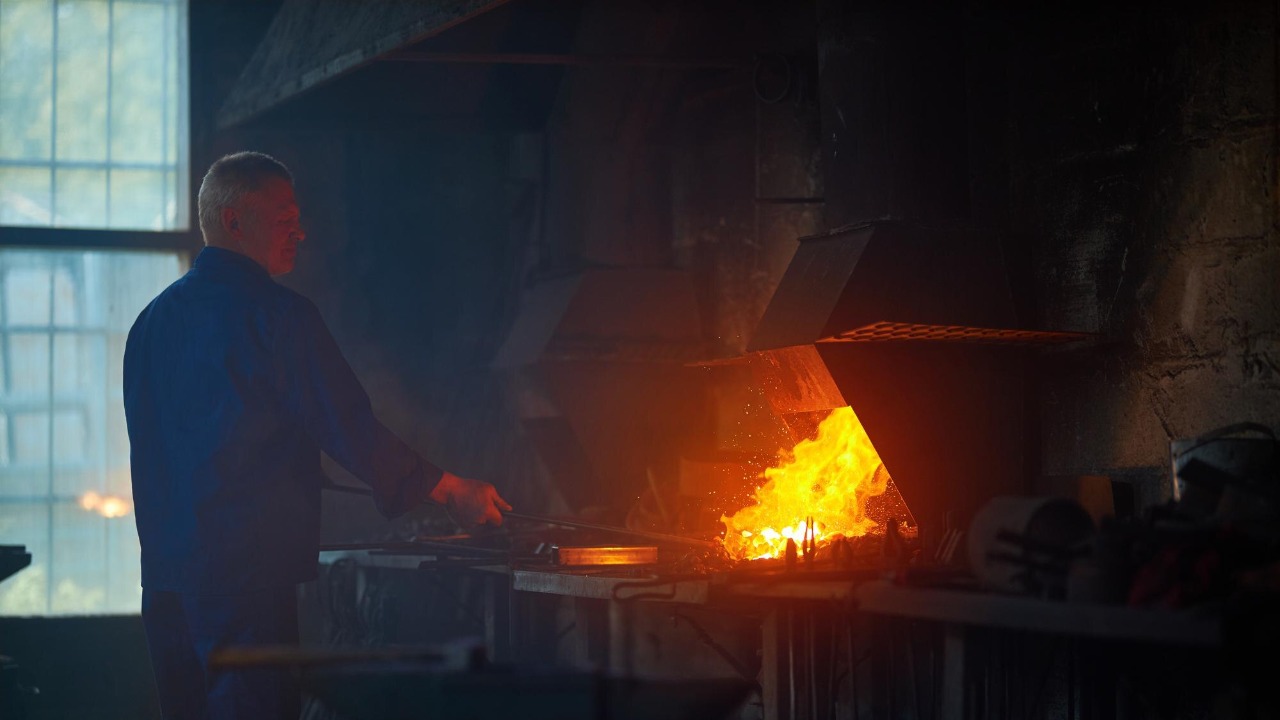
In a remarkable leap forward, scientists have developed a metal that challenges traditional boundaries by resisting melting, cracking, and corrosion even under extreme conditions. This breakthrough, reported on October 20, 2025, promises to revolutionize industries ranging from aerospace to construction. By leveraging advanced materials science, researchers have crafted an alloy with unparalleled durability, marking a significant transition from the realm of science fiction to practical application.
The Science Behind the Indestructible Metal
The core composition of this new alloy is what sets it apart, featuring a unique atomic structure that prevents it from melting at temperatures that would typically compromise other metals. This innovative design is the result of meticulous research and experimentation, where scientists employed advanced bonding techniques to achieve a non-cracking property. The alloy’s resilience was confirmed through rigorous lab tests, which demonstrated its ability to withstand conditions that would normally lead to corrosion. These findings were highlighted in the recent announcement reported by Daily Galaxy.
Initial experiments focused on understanding the alloy’s behavior under extreme heat. By simulating high-temperature environments, researchers were able to observe the metal’s thermal resilience firsthand. The alloy’s ability to maintain its integrity without melting is attributed to its engineered atomic structure, which disperses heat more effectively than conventional metals. This property not only prevents melting but also contributes to the material’s overall durability.
Key Properties and Performance Metrics
One of the most impressive features of this metal is its thermal resilience. In controlled simulations, the alloy demonstrated an ability to endure high temperatures without melting, a feat that could significantly enhance the performance of components exposed to intense heat. This characteristic is complemented by its mechanical strength, which eliminates the risk of cracking under stress. Durability trials have shown that the metal can withstand substantial pressure without compromising its structural integrity.
Environmental stability is another critical attribute of this alloy. Its resistance to corrosion in harsh conditions, such as saltwater or acidic environments, makes it an ideal candidate for applications where longevity and reliability are paramount. This corrosion resistance was verified through extensive testing, further solidifying the metal’s potential to transform various industries.
Development and Research Milestones
The journey to this groundbreaking development has been marked by several key milestones. The announcement on October 20, 2025, represents a pivotal moment in materials innovation, showcasing the culmination of years of research and collaboration. Scientists from diverse fields came together to engineer this alloy, employing an interdisciplinary approach that combined expertise in chemistry, physics, and engineering.
Early prototypes played a crucial role in validating the alloy’s unique properties. These initial versions demonstrated the combined non-melting, non-cracking, and non-corroding traits that define the final product. The success of these prototypes provided the foundation for further refinement and eventual large-scale production, setting the stage for widespread adoption across multiple sectors.
Potential Applications Across Industries
The potential applications of this indestructible metal are vast and varied. In the aerospace industry, the alloy’s properties could lead to significant advancements in engine components, reducing the risk of failure and enhancing overall performance. Its ability to withstand extreme temperatures and resist corrosion makes it an ideal material for critical aerospace applications.
In the realm of infrastructure, the metal’s corrosion-proof longevity offers substantial benefits. Bridges, pipelines, and other structures could see extended lifespans and reduced maintenance costs, thanks to the alloy’s durability. Additionally, the medical and consumer goods industries stand to gain from this innovation, with the potential for implants and tools that maintain their integrity over decades.
Challenges and Future Outlook
Despite its promising attributes, the scalability of this advanced metal for mass production remains a challenge. Current limitations in manufacturing processes must be addressed to meet the demands of various industries. Ongoing research aims to refine the alloy further, building on the foundational breakthrough reported on October 20, 2025. This continued effort is crucial for realizing the full potential of this revolutionary material.
The broader implications for sustainable engineering are significant. By reducing material waste through superior durability, this metal could contribute to more sustainable practices across industries. As research progresses, the alloy’s role in promoting environmental sustainability and resource efficiency will likely become more pronounced, paving the way for a new era of materials science.